Let's go back to 2004 and play a little game. If you were a birder in Utah at that time, or for that case any number of western states, it is very likely that you had never seen a
Glossy Ibis on your home turf. I can't independently verify dates, but here is what I found for first records:
Wyoming (July 2005), Nevada (May 2009), Idaho (June 2005), and Arizona (April 2008).
My first Utah Glossy Ibis, April 2007
The dates above are from information available on the Internet, but may not represent first reports. Colorado and New Mexico had already recorded
Glossy Ibis more than a decade earlier from the east side of the Rockies so I did not include them above.
Montana appears to have a single report from 2004, and
Washington from 2005. Oregon is seemingly the only Pacific state without a record. California is of course the anomaly, as with many other sightings of eastern species they had numerous prior to 2004.
Most Utah birders probably didn't have Glossy Ibis on their radar in 2004, it was a species associated with the east, and even with some westward expansion, a giant mountain range was separating them from our fair state. I know a lot of birders keep wish lists of birds they hope will eventually show up in state, or that might be here and have gone undetected for years due to small populations, or hard to reach habitat, or a general lack of scientific understanding of distribution. But I personally didn't have
Glossy Ibis on my list, I had seen them on the east coast, and associated them that way.
Glossy Ibis in Salt Lake County, 2008
Fast forward to 2006 and out of nowhere the dam broke. Overnight Utah went from 0 reports of this species to at least 3 separate sightings in the month of June. And then again in 2007, 2008, 2009... To the point that now this species that less than a decade ago had not been reported in Utah, was now almost
expected annually. So what happened?
Glossy Ibis at Bear Lake, 2010
Did the numbers of Glossy Ibis across the nation rise? Did the populations expand their ranges further west? Were the birds always there, but due to conventional wisdom went overlooked for years? Were birders better? Were birders paying more attention or even looking for these birds? Maybe a combination of factors? Something changed in 2006 in Utah, which of the states mentioned above has seen more reports since these initial finds, than the rest of the states around us (Colorado is about par with us).
Glossy Ibis in Lehi, 2012
Looking back through my own reports, I have had
Glossy Ibis every year back to 2007, with the exception of 2009. I will be the first to admit that prior to the first report in 2006, I hadn't spent very much time scanning flocks of ibis in hopes of turning up a Glossy. But since then, rarely do I see a flock that I don't give the twice over just to make sure one is sandwiched into the group.
How many birders fall into that category? I would imagine quite a few are in the same boat. What about being better birders? We all get better each year, without a doubt skills improve as we hone them in. And that may play into finding rare birds--in that if you are looking, or know what, and when to look for certain things, you are more likely to find them.
Utah's first ever Western Gull, Farmington Bay 2007
I have my doubts that the birds were always there, just mixed in unnoticed. It is possible, but I would guess that it more has to do with some type of expansion than just being overlooked for so long. Combine that with more ardent observers and the increase in sightings makes sense. The same could be said for a number of other species. Dare I suggest
Western Gull?
A bird that before 2006 had never been confirmed away from the coastal states, and now is expected during the winter on the Great Salt Lake. What about
Lesser Black-backed Gull? Their expansion may be one of the most dramatic from east to west, and as with the above it is now expected every winter. How about
Neotropic Cormorant? Why is a bird that 5 short years ago never showed up away from the the southern borders is now popping up all over the country, and in some places even apparently breeding?
Count them--6 Neotropic Cormorants
in Salt Lake County in May 2010
The list could go on. The reasons may be varying, and truthfully, I don't think anyone can pinpoint the exact reason for many of these presumed "expansions". I think the one thing the majority of birders can agree on is that the sharing of information is far more extensive now than a decade ago. This makes learning about birds, patterns, migration, distribution, etc, easier than it used to be, and with more people armed with knowledge about these subjects it can only help in making us better and more informed birders. It's not just a hobby where retirees (no offense intended) spend their morning walking around the parks admiring the ducks. Birding has become more scientific and more mainstream than it was when I was growing up. The leaps and bounds of the last decade will probably seem minuscule with what happens in the next ten years. I guess I'll have to look back then and see how things have changed even more. The only question is,what birds will I be using as examples then?
Labels: commentary, distribution, divers, gulls, rare birds, vagrant, waders
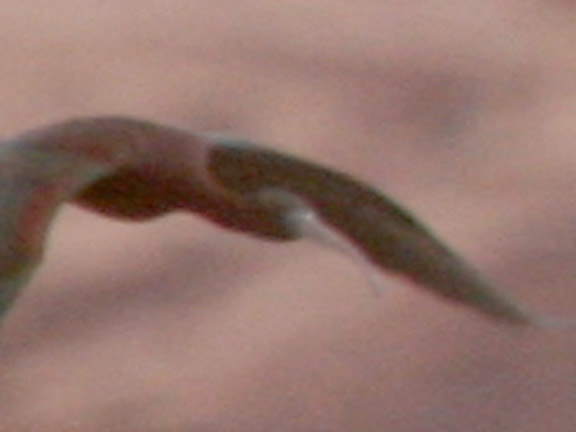
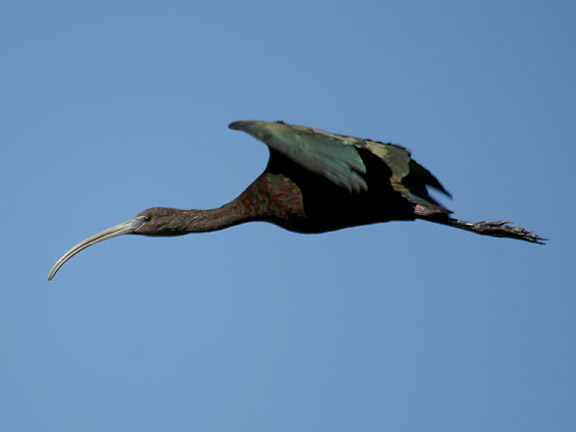
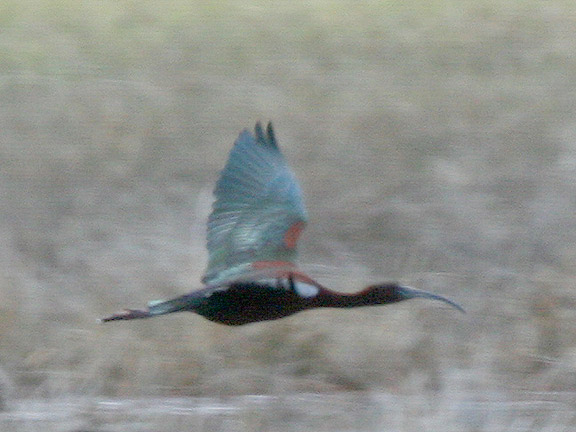
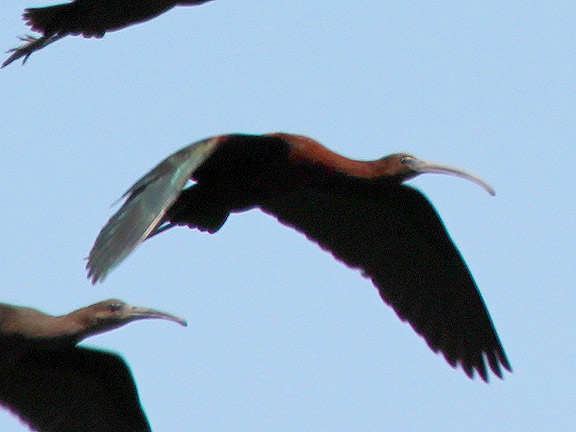
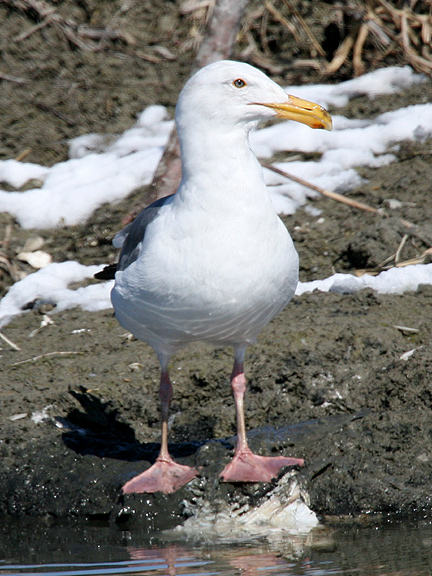
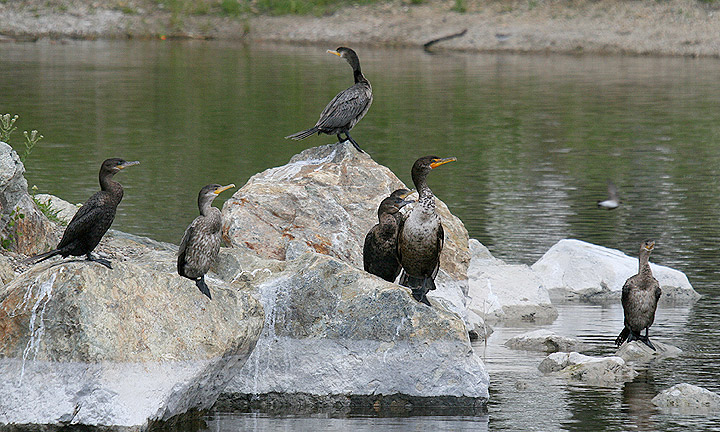

8 Comments:
I think that most birders are getting better I guess. I agree that more knowledge of distribution, habitat, migration, and having websites like eBird with data readily available are helping. 10 years ago you couldn't just go to some website and do a search for a species and see when and where they have been reported. You could use a field guide and had to rely on the maps in those guides, regardless of how accurate they were.
This is a subject that's always interested me. In states like ID and UT, where birders are few and coverage is light, there are many gaps in our understanding of avian distribution. In ID many discoveries have been made in the past 15 years or so and continue to be made today.
I think there are two issues at play relative to Glossy Ibis. The species had definitely expanded it's range into the western states and it seemed only a matter of time before they arrived in Utah and Idaho. I know several birders who regularly looked over flocks in eastern Idaho. One birder spent many hours over several years scanning flocks at Market Lake and Camas NWR specifically looking for Glossy Ibis (he birded almost every day from mid May-mid June) with no success. Until June 2005 when he discovered an adult at Camas NWR. The next year we found them regularly in the area. Most large flocks I scanned included at least one Glossy, several included multiple birds (up to 3 in the same flock - along with obvious hybrids). It's entirely possible that a few birds were overlooked but they went from impossible to find to easy to find in two years.
I think they arrived in Utah about the same time but were overlooked. As mentioned above most surrounding states had records but no one in UT was looking for them. When a note was posted to Birdtalk suggesting they hadn't skipped over UT while expanding their range into eastern Idaho, and that UT birders should look for them, it wasn't long before they were discovered. The dam broke because birders became aware of the probability of their presence.
The situation with Western Gull may be similar, only they may have been present for many years. I began gulling in UT in 1999 and visited Bear River MBR and later Bountiful Landfill from Christmas through early January most years. Western Gull is quite distinctive and I was somewhat familiar with them so I doubt I missed many individuals. But it's certainly possible that I did. Since records seemed to increase along with the increase in popularity of gulling it may be the result of more/better coverage and more well informed birders finding what was already there.
So what's next? Boreal Owls are certainly more common than current records suggest. There have been a couple recent reports including one a couple days ago from the Uinta Mountains. It'll be interesting to see what else turns up as coverage and reporting continue to improve.
@Anonymous: I agree with everything you said!
@Cliff: Great points, on the "awareness" of birders because of surrounding states. I think the one thing that is so interesting is how quickly it happened. Western Gull still intrigues me--in the sense that I agree they were likely present for many years. The god-awful hybrids were here and reported annually before the first Western. But you, and a number of others, *myself included) spent countless hours at Bountiful Landfill and the south shore of the Great Salt Lake without every seeing one. Granted that the majority of sightings are shared between Farmington and Lee Kay Ponds--2 spots that weren't popular for gulls until AFTER we found that first Western Gull at Lee Kay. The landscape for gulling has certainly changed in that the landfill was the go to place, and maybe unfortunately that was the problem--too much effort was spent there, while other areas were overlooked.
Boreal Owls are without a doubt a breeder in Utah, and in decent numbers I would propose. The biggest issues with detection are time and location of breeding. Very few birders are willing to traipse around up at 9,000' through 10' of snow in February just in hopes of coming across one. I would love to see a breeding box program like the one in Colorado happen here--would give some great insight into these awesome owls.
As for what I think is next--I'm looking towards the southeast, and Prairie Migrants like Sprague's Pipit, southern breeders like Eastern Meadowlark and Canyon Towhee, and birds just over the border in Colorado like Scaled Quail and Brown-capped Rosy-Finch. All except the pipit have been reported at least once south and east of the Colorado River in Utah. In what is perhaps the most isolated area for birding in Utah there is much to be discovered there.
On 6000 S and 3100 West in Roy Utah there was a field full of Glossy Ibis today. I had never seen them and had to do a search. I took several pictures, unfortunately I am a horrible photographer. I was so surprised.
And we've seen several large flocks of glossy ibis here at Bear Lake State Park (on the northern border of Utah with Idaho) over the last few weeks. A great place for birding, lots of fresh water lakes and marsh land in the immediate area.
Glossy Ibis have been around since I was a kid. Born in 1983 and grew up in farmland, these birds showed up every summer and we're mostly around when the large cow pastures were flooded for watering.
I live in south central Utah (Boulder) and manage the grounds at the Boulder Mountain Lodge, where we have a decent size irrigation pond that is a bird sanctuary. We have a flock of glossy ibis that stops through twice a year while migrating. The first time I noticed them was around 2015 or 16. They are usually here for 3 days to a week at the most before moving on.
I live in St. George, Utah. Twice this summer I have seen a large flock of medium-sized, dark birds descend on a stretch of irrigated farmland and wade over it, pecking at the ground with long, scythe-shaped bills. I couldn't identify them until this morning when I came across this weblog reporting that over just the past several years, the Glossy Ibis has been sighted in Utah! (They are normally only found on the east and southeast coast.) Their scientific name (Plegadis falcinellus) is Greek and Latin for sickle, referring to their bills, with which they pluck insects, frogs and lizards from wetlands (including, in these parts, irrigated crop fields). Here are my photos: https://photos.app.goo.gl/9iEpbUMsSh8mEx8x7
Post a Comment
Subscribe to Post Comments [Atom]
<< Back to Previous